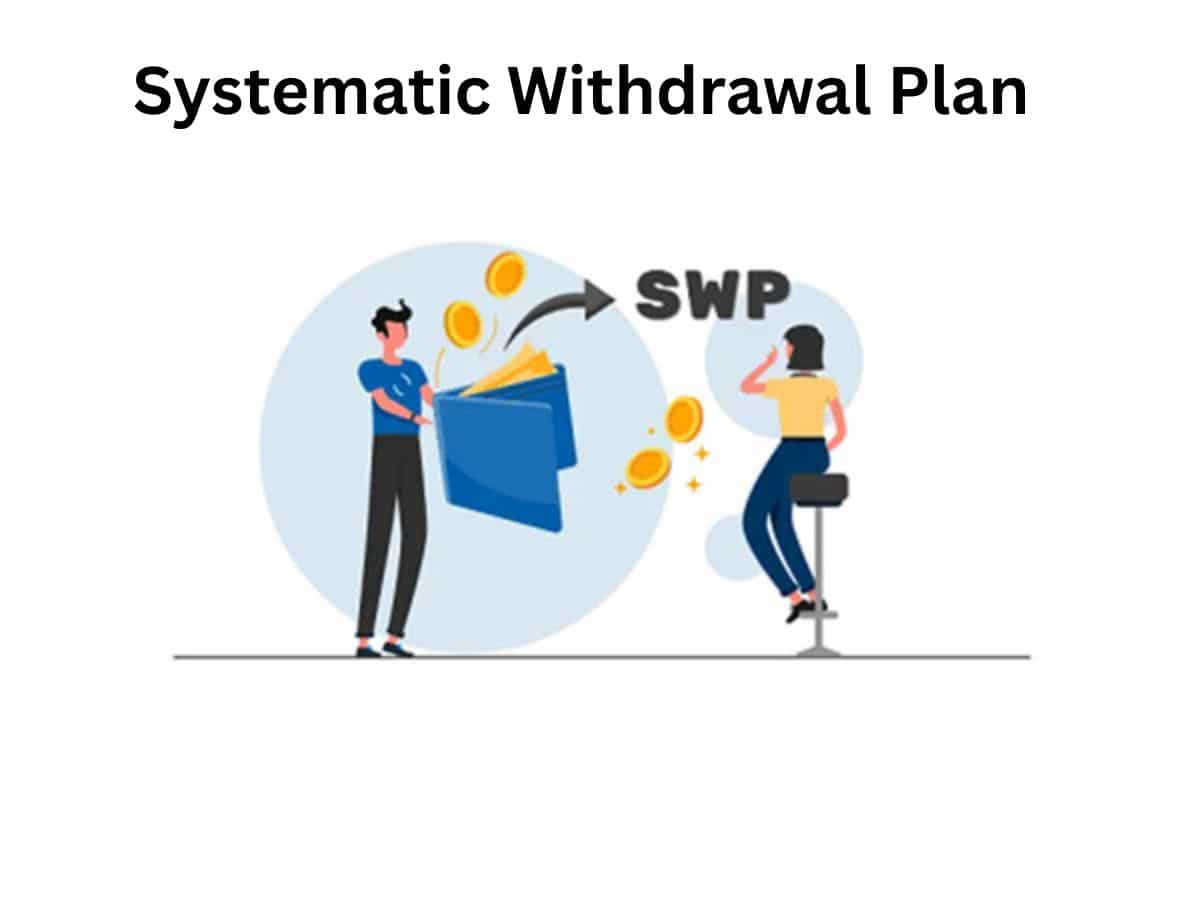For people who have just retired or are a few years from retirement, handling finances and having a steady income in addition to pension is a major concern. A Systematic Withdrawal Plan (SWP) is an efficient solution in such situations. This plan permits retirees to invest a lump sum amount in a mutual fund and withdraw a constant sum at frequent intervals such as monthly, quarterly or yearly.
SWP enables your investment to go on increasing as well as provides the option of flexibility in scaling down withdrawals based on evolving financial requirements. With inflation in living costs going up consistently, it is vital to plan wisely now to have a comfortable future.
“There are two options in mutual funds mainly: the dividend option and the Systematic Withdrawal Plan (SWP). The dividend option, at times, faces payout-related issues, while SWP gives more control and flexibility. With it, investors can generate income even prior to retirement, when money might be tight, or after retirement, by investing a higher corpus for periodic withdrawals,” Wiseinvest CEO Hemant Rastogi told Zee Business.
Add Zee Business as a Preferred Source
But experts suggest it’s important to plan your withdrawals carefully.
Ideally, “you should restrict withdrawals to 4–5 per cent annually”, said Rustagi. Higher withdrawals can be dangerous and might exhaust your corpus earlier.
Why SWP is a sensible option for retirees
SWP offers an easy and convenient means of having regular income without hassle of breaking fixed deposits or tapping savings. With an SWP, you can take a specified amount from your mutual fund each month and keep your investment safe, while your money keeps growing.
It is also tax-effective as a conventional fixed deposit or small savings scheme because you only pay capital gains tax on the amount withdrawn. Regular income, flexibility, and tax effectiveness make SWP a trusted vehicle to take care of your post-retirement financial needs, ensuring that your savings work for you while ensuring stability and peace of mind for you.
Assuming you invest Rs 50,00,000 in a mutual fund through the SWP option and opt for withdrawals of Rs 10,000 each month. Given an assumed annual return of approximately 4 per cent, your aggregate withdrawal figure over a period of one year would amount to roughly Rs 3,97,816, show calculations.
This illustrates how SWP assists you in generating a constant income stream while your remaining investment keeps growing. Even as you withdraw regularly, the balance amount stays invested and earns returns, helping you manage your post-retirement finances more efficiently.
How to plan SWP just before retirement
SWP is one of the most popular tools for generating steady income, and it can be implemented through any mutual fund scheme. Retirees can also consider the Senior Citizens Savings Scheme (SCSS) which ensures regular income. However, if the income level is comparatively lower, hybrid funds can be a better choice which offers higher potential returns.
“Don’t wait until retirement to plan your SWP, start planning your strategy at least 2–3 years in advance. While planning, keep an eye on market conditions, whether it’s witnessing a fall or a rise, as these factors play a crucial role in shaping your returns,” independent mutual fund expert, Vishwajeet Parashar told Zee Business.
He also advised people, “if you’re still in a position to save more, investing in equity is advisable, it’s a strong long-term option that can potentially double your investment in 6–7 years and helps beat inflation. Once your investment doubles, it’s wise to allocate it strategically, keep 2–3 years of income in fixed or low-risk instruments, place another portion in hybrid funds, and invest the remaining amount in equity”.
This diversified approach is known as the bucket strategy, an effective method to not only safeguard against inflation but also ensure a stable flow of income post-retirement.
How to do SWP the right way
Decide how much money you need and for how long, according to this set you targets. Having a clear goal makes planning easier.
Know the taxes that may apply on your withdrawals, so there are no surprises.
A sound strategy is to withdraw about 4 to 5 per cent of your retirement corpus annually so that your money will endure for a longer period.
Keep checking your investments to ensure they are doing well and modify if necessary.
